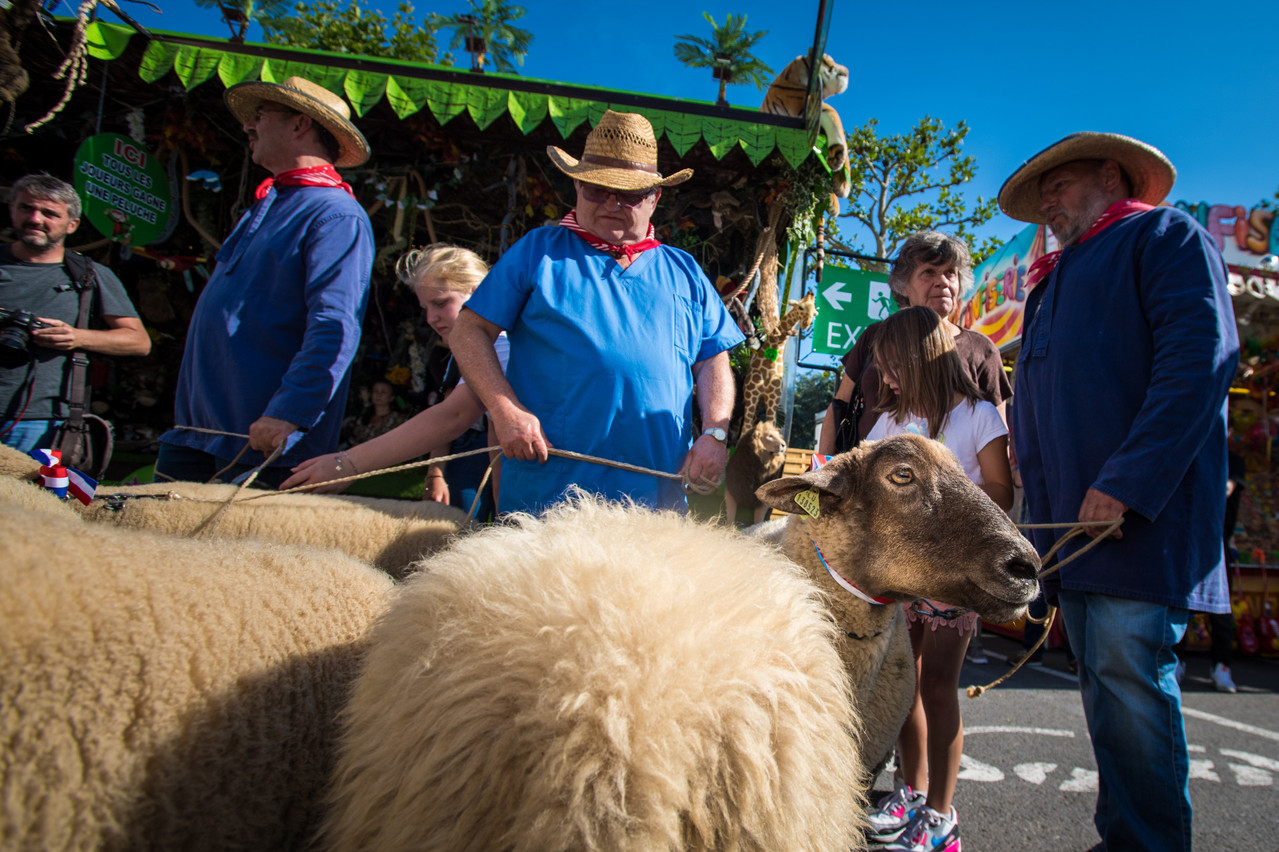The European Heritage Days, like the Fête de la musique, owe their origins to France’s former culture minister Jack Lang. Since 1984, an annual event has been held to raise public awareness of heritage, be it tangible or not. It is precisely this “living heritage” that has been chosen as the theme for the 2023 edition, which takes place between 23 September and 1 October.
Luxembourg, a land of heritage
Run by the culture ministry, the European Heritage Days programme accepts applications for projects. This year, 45 have been selected and are being presented to the public free of charge throughout the country.
“Fifteen traditional practices are currently listed on the national inventory and will be showcased during the European Heritage Days,” explains culture minister (déi Gréng). “These include the Echternach dancing procession, the construction of dry stone walls and the traditional irrigation of meadows (Fléizen).”
In addition to a , all these practices and traditions will be presented at on 30 September in Neimënster, where several stands will provide an opportunity to find out more about them.
This year also marks the 20th anniversary of the Unesco Convention, signed on 17 October 2003, and the fifteenth anniversary of the creation of the Luxembourg National Inventory.
Eight not-to-be-missed events
Among the many activities on offer, of which is available online, here are a few recommendations:
--A still in operation, the Rackésmillen.
--A , an instrument used by children to accompany their songs during Holy Week, replacing the muted church bells.
--A , a mystical site whose spring is said to have healing powers for the eyes.
--A in Luxembourg, the former home of the Luxembourg painter and a testament to modern architecture, which has regained all its character thanks to the work of architect Diane Heirend.
--An in Luxembourg’s old town and a presentation of Arnaud De Meyer’s book, a new way of looking at our everyday surroundings.
-- a by the Ad Libitum ensemble in the gothic hall of Hollenfels Castle, which will soon be closed for restoration.
-- in the church of Saint Barbara in Lasauvage.
-- A in Remerschen.
And our neighbours
A total of 48 countries are taking part in the European Heritage Days. While the Belgian and German editions have already passed, France is organising on the weekend of 16-17 September. In Metz, for example, you can visit the recently restored former railway station, which now houses the offices of the Institut national de la statistique et des études économiques (INSEE), the relief plan of the city between 1820 and 1850 at the Cour d’or museum, or the Governor’s Palace, which is normally closed to the public.
There are also a number of other places to visit, including the church of Saint Maximin in Boust, built in the 1960s by architect Georges-Henri Pingusson; the south sluice bridge of the Couronné in Yutz; the park of the Haut Fourneau U4 in Uckange; and Le Corbusier’s Cité Radieuse in Briey.
This article in Paperjam. It has been translated and edited for Delano.
